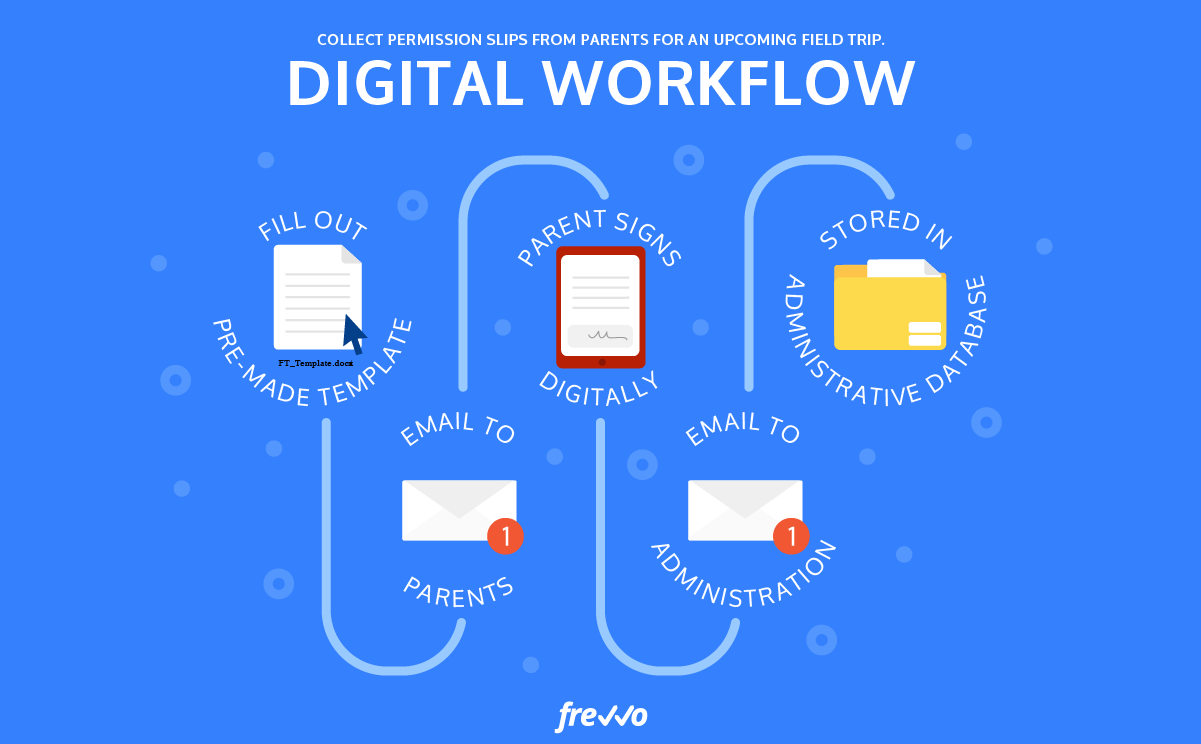The Benefits of Automated Workflows in Digital Asset Management
Digital asset management (DAM) has become increasingly important for organizations of all sizes in recent years. As more businesses rely on digital assets to support their marketing and branding efforts, it has become essential to manage these assets effectively. One of the key components of effective dam software is automated workflows.
Digital asset management (DAM) has become increasingly important for organizations of all sizes in recent years. As more businesses rely on digital assets to support their marketing and branding efforts, Guest Posting it has become essential to manage these assets effectively. One of the key elements of effective software is an automated workflow.
Automated workflows can be used to streamline a variety of digital asset management tasks. These workflows can help improve efficiency, reduce errors, and ensure consistent resource management across your organization. In this article, we look at the benefits of automated digital asset management workflows.
What are automated workflows?
Before we delve into the benefits of automated workflows, it’s important to understand what they are. At a basic level, an automated workflow is a set of rules that determine how a specific task should be performed. These rules can be applied to activities ranging from simple file management to complex workflows involving multiple teams and stakeholders.
As part of digital asset management, automated workflows can be used to manage the lifecycle of assets from creation to archival. For example, you can create a workflow to automatically tag new assets with metadata or notify team members when assets are ready for review. Workflows can also be used to automate tasks such as converting, approving, and distributing files.
Benefits of Automated Workflows in Digital Asset Management
Improved performance
Increasing efficiency is one of the main advantages of automated workflows in digital asset management. By automating repetitive tasks like file conversion or metadata tagging, companies can free their team members to focus on more important tasks. This can help improve overall productivity and reduce the risk of employee burnout.
Consistency
Automated workflows can help ensure consistent management of resources across the enterprise. This is especially important for large organizations where multiple teams may be working with the same resources. By establishing clear policies and processes for resource management, organizations can reduce the risk of errors and inconsistencies.
Errors less
Another important benefit of automated workflows is that they can help reduce errors. Manual processes are prone to human error, which can result in errors such as incorrect metadata or mislabelled assets. By automating these processes, organizations can reduce the risk of error and ensure resources are managed correctly.
Enhanced Collaboration
Automated workflows can also improve collaboration between team members. By establishing clear resource management policies and processes, organizations can ensure team members work together effectively. Workflows can be used to notify team members when assets are ready for review or when approvals are required, which can help keep everyone on the same page.
Faster time to market
Finally, automated workflows can help companies bring their products and services to market faster. By streamlining the asset management process, organizations can reduce the time it takes to create and distribute content. This can be especially important for businesses that rely on timely and relevant content to support their marketing efforts.
Conclusion
Implementing automated digital asset management workflows can bring many benefits to organizations. It can streamline processes, increase efficiency, reduce errors, and improve team collaboration. By integrating Dam and creative collaboration, companies can set up a seamless workflow that enables their teams to work together more effectively.
Additionally, automated workflows can help organizations save time and money by reducing manual work, ensuring assets are stored in the right place and format, and enabling tracking and reporting. These benefits can ultimately lead to better brand consistency, reduced time to market, and increased ROI for your business.



